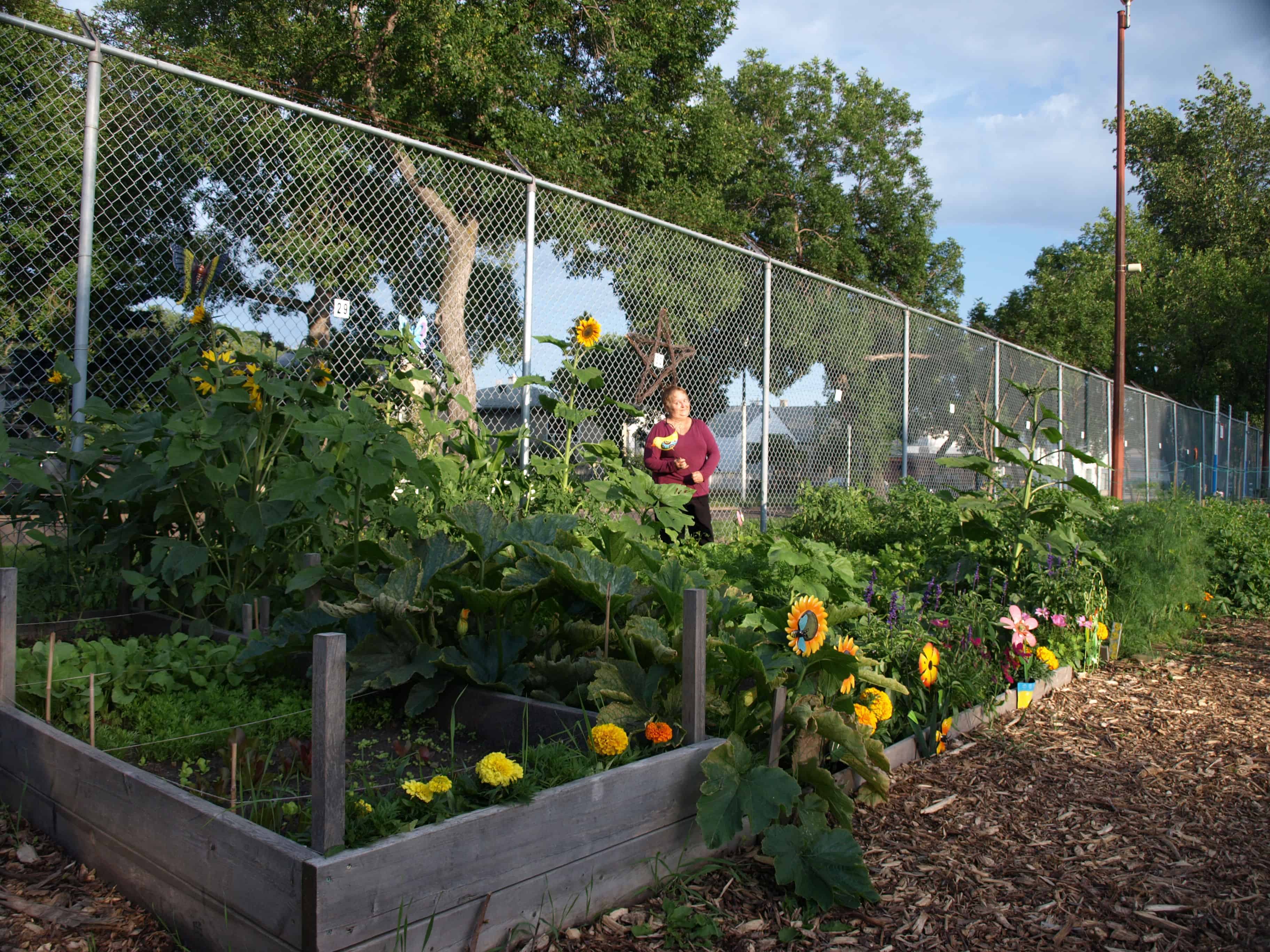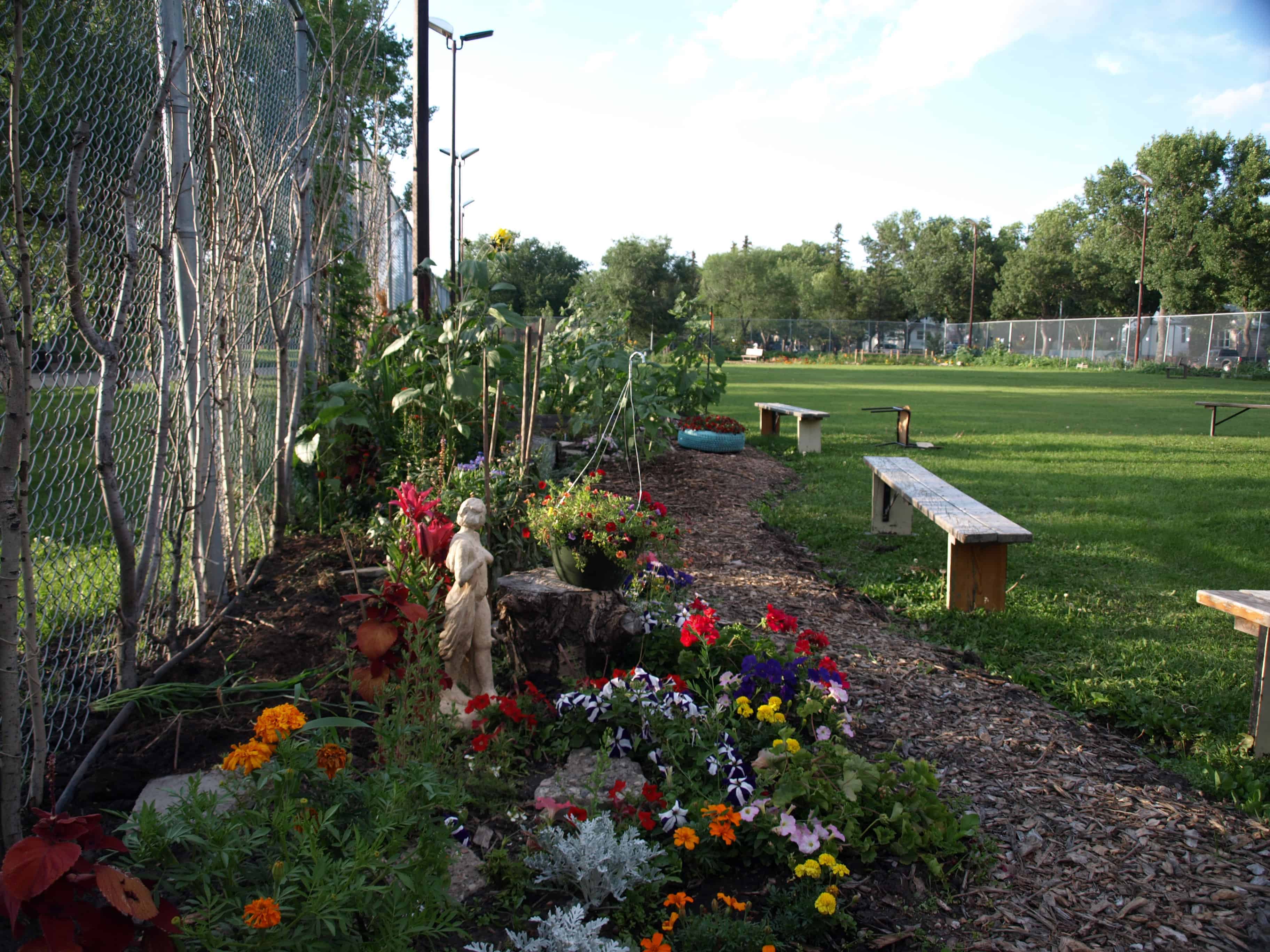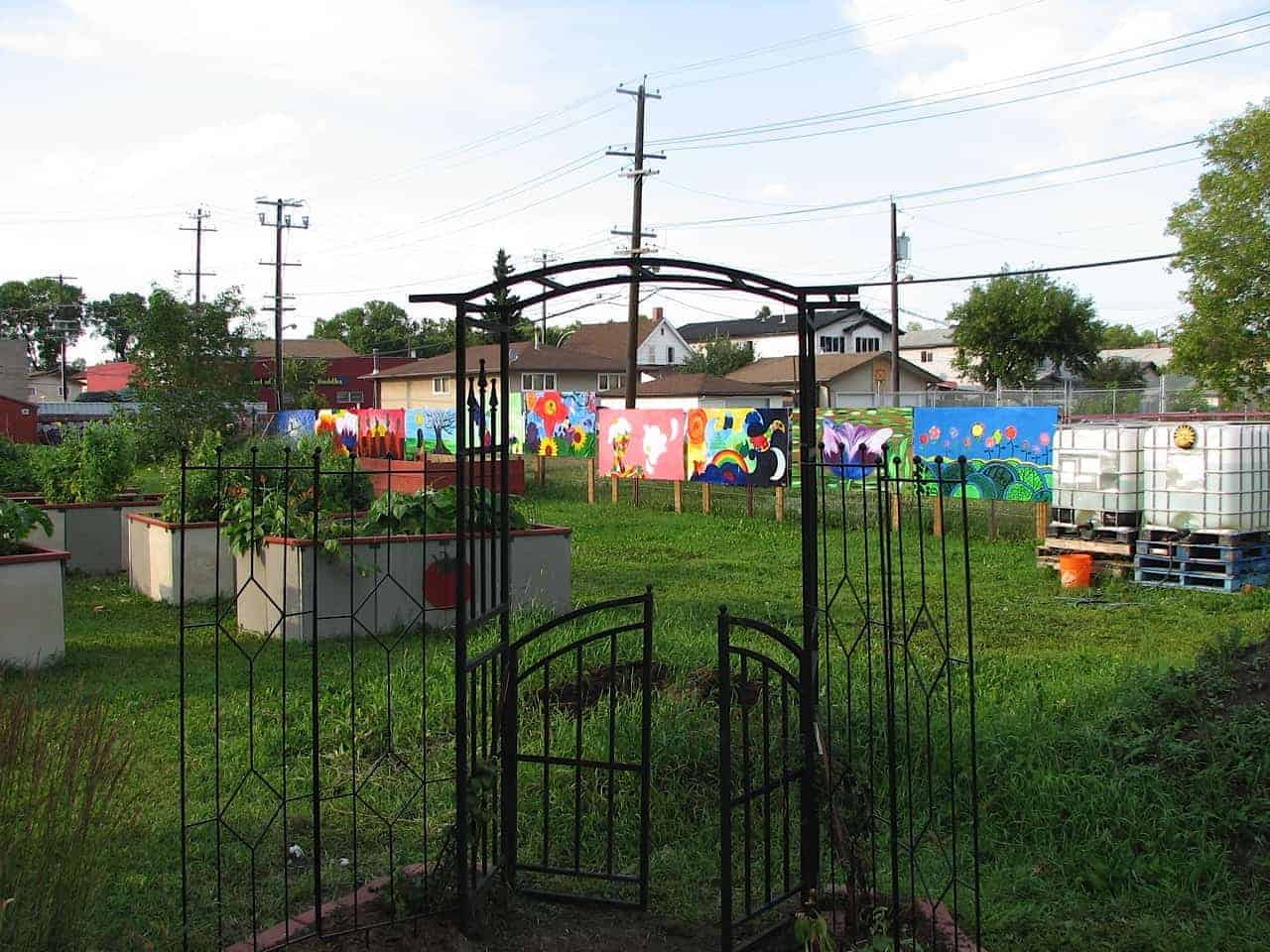Reap the benefits of green communities
The West Nile virus worries me. Not because of the one in a million chance I might get infected, but because we don’t need another excuse to demonize the outdoors.
Ours is the first society that spends the majority of its time indoors. According to studies, the average North American spends less than two hours per day outside. Compared to our climate-controlled, sealed and sanitized homes, we have developed the attitude that nature is uncomfortable, disorderly, unsanitized and potentially dangerous. Possibly true.
But the most peculiar attitude we have developed toward nature is that it is boring! We have grown so acclimatized to a two-dimensional virtual reality that we find it more entertaining to sit in front of a television or iPad than to take a walk, breathe in the fresh air, smell the flowers, or listen to the magpies scrap in the back alley.
This is not good. Sure, our couch might be comfortable and secure, but we do need a little adventure and exercise. It is little wonder that obesity, diabetes and depression are fast becoming our most prevalent medical concerns.

I love the prescription for mental health by Anne Frank, who knew something about the value of freedom and spending time outside:
“The best remedy for those who are afraid, lonely or unhappy is to go outside, somewhere where they can be quite alone with the heavens, nature and God. Because only then does one feel that all is as it should be and that God wishes to see people happy, amidst the simple beauty of nature.”
The Japanese have a word for the relaxing and restorative qualities of a walk in the woods: shinrin-yoku. It means “nature bathing” or “forest medicine”. They have guided meditations through the woods to teach people how to access the healing and rejuvenating powers of nature.
Being outside boosts the immune system, reduces blood pressure, reduces stress, improves mood, increases ability to focus (even in children with ADHD), increases energy, improves sleep quality, and promotes a sense of well-being. Simple strategies like having trees outside office windows or school entrances enhances concentration and performance. Having plants in and around hospitals increases recovery time.

Community health is another casualty of our indoor society. Social scientists tell us what we know instinctively: getting outdoors is the healthiest way to make contact with our neighbours. Walking lushly treed paths or streets, working community gardens, playing in green spaces like parks or playgrounds are a natural venue for contacting neighbours on the best of terms.
Do you ever wonder why, when you bump into someone out walking, there is generally a cheery greeting and a smile? No one blames the government for the bugs, weather or potholes on the path. Nature brings out the best in people. It soothes, calms and de-stresses us.
Community gardening is a relatively simple, adaptable concept with the same effect of brightening up neighbours and neighbourhoods. There are many wonderful examples: Norwood School yard, McCauley Community Garden, Alberta Avenue Community Garden and more, all of which demonstrate a healthy and active community that is growing with the fruit and veggies. If you are interested in getting more active in greening our communities, the city is sponsoring a Roots for Trees summer program.

Some events are still upcoming, including Food Forest on August 13, which includes planting native, food-producing trees and shrubs. For more information, check it out.
Otherwise, put on your walking shoes or rubber boots, pick up a trowel and follow your neighbour to the nearest growing opportunity.
Header Image: Patricia Dunnigan and Carol MacLeod visit at Alberta Avenue Community Garden. Credit: Aydan Dunnigan-Vickruck







